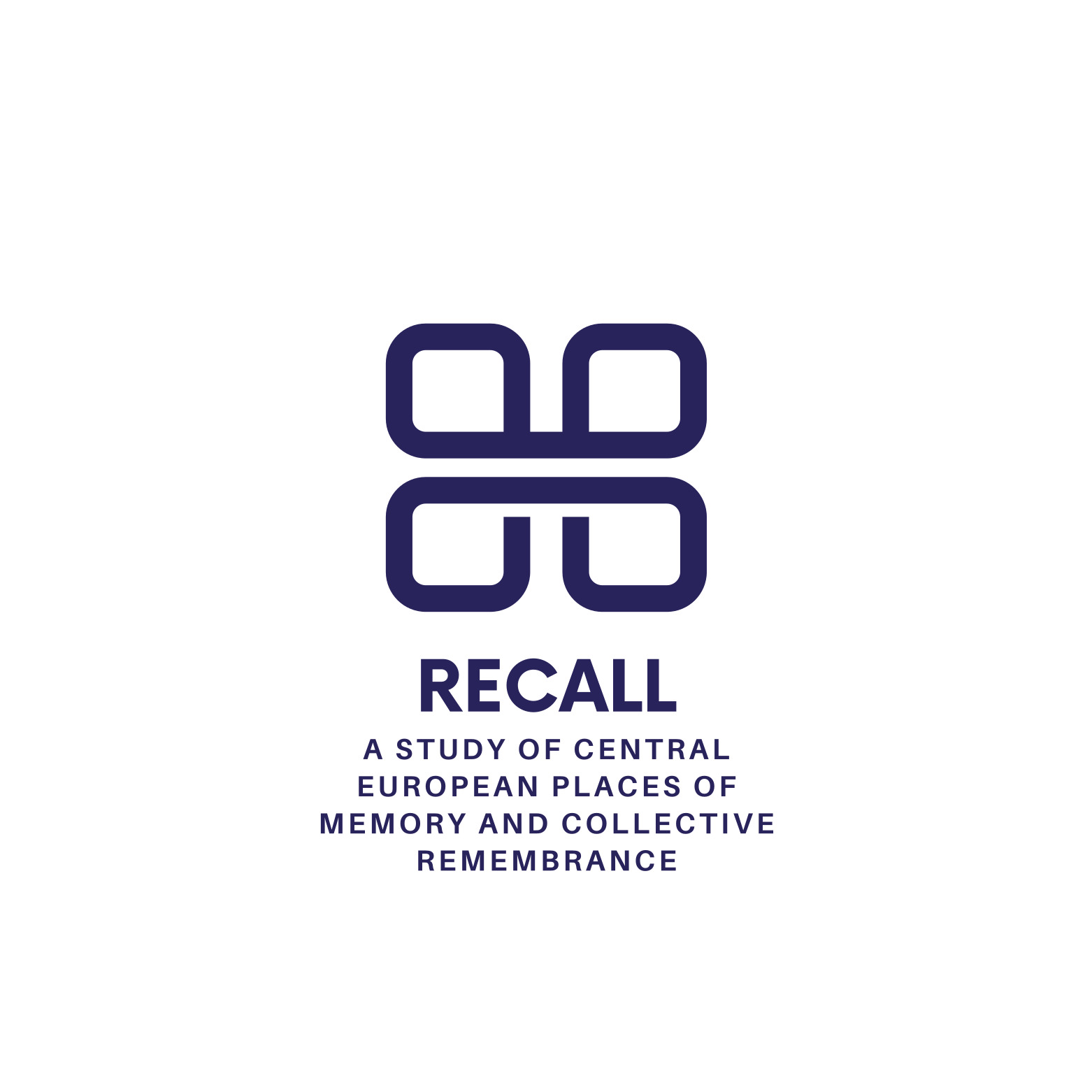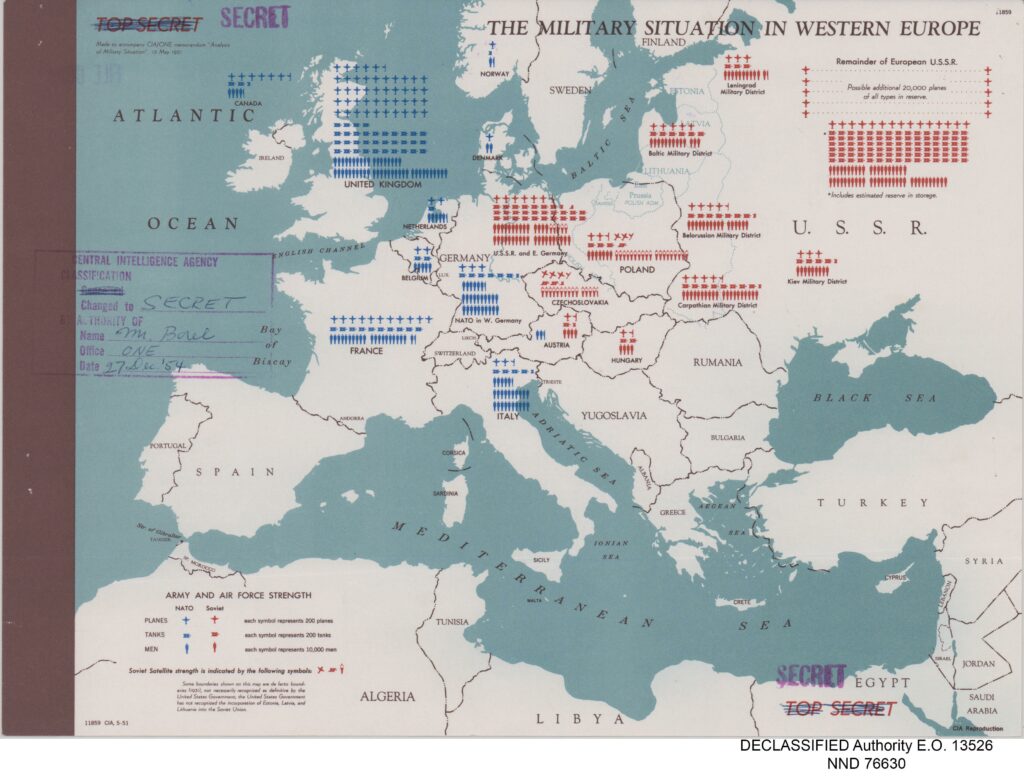
After the dust settled on World War II, a new order emerged. The Soviet Union, a communist superpower, dominated the region of Eastern and Central Europe, including Poland, Czechoslovakia, and Hungary. Eventually by 1948 Soviets led to the establishment of communist regimes in these countries with salami-slicing tactics, taking full control. However, the dream of democracy never faded, and throughout the second half of the 20th century, a series of protests, dissident movements and opposition actions indicated the people’s enduring desire for freedom and self-governance.
The death of Stalin in 1953 brought a cautious optimism. The first significant crack in the Eastern Bloc appeared in Poland in 1956 with a Polish October. Workers in Poznań ignited a spark with their protests, leading to the return of Władysław Gomułka, a more moderate communist leader. On 23rd October Hungary erupted in a full-blown revolution. What started as a student demonstration in Budapest quickly escalated into a mass protest against Soviet-imposed policies. The uprising led to fights in the streets as Hungarians took up arms. The Soviets initially retreated, only to return with overwhelming force, crushing the revolution. Soon after, communists in Poland led by Gomułka reversed reforms intended to liberalize the system – hopes for major political change in Poland were replaced with growing disillusionment in the 1960s. These events, though unsuccessful, proved the yearning for change.
A new wave of hope bloomed in Czechoslovakia. In 1968, Alexander Dubček, a reformist leader, initiated the „Prague Spring.” Censorship loosened, and discussions about democratic reforms flourished. The world watched with bated breath, but their joy was short-lived. The Soviet Union, fearing the domino effect of democracy, invaded Czechoslovakia alongside Warsaw Pact allies, including Poland. This brutal act extinguished the flames of freedom, but the embers of dissent remained.
A new wave of hope bloomed in Czechoslovakia. In 1968, Alexander Dubček, a reformist leader, initiated the „Prague Spring” trying to enact „socialism with a human face”: censorship loosened, and discussions about democratic reforms flourished. But their joy was short-lived, as the Soviet Union, fearing the domino effect of democracy, invaded Czechoslovakia alongside Warsaw Pact allies – under the Brezhnev Doctrine any threat to „socialist rule” in any state of the Soviet Bloc was a threat to all of them.
Yet, in Poland, the flame of resistance rekindled in the summer of 1980 at the Gdańsk Shipyard, where Lech Wałęsa led strikes that gave birth to the Solidarity movement. Workers, remembering 1956 and 1970, went on strike, demanding better working conditions and political freedoms. Solidarity, the first independent labour union in a Warsaw Pact country, quickly morphed into a broader anti-communist social movement, garnering massive national support, which was reflected in the registration of 9.5 million members to the union. It faced severe repression with the declaration of martial law in 1981, but it survived underground.
In 1985 Mikhail Gorbachev rose to power in the Soviet Union and changed the course of its foreign policy. By the end of the 1980s, the persistent economic crises and the failure of communist governments to meet their citizens’ needs had eroded the legitimacy of the Soviet-style regimes. The wave of change finally swept across Eastern Europe in 1989, peacefully overturning communist governments in Poland, Hungary, and Czechoslovakia. Poland’s earlier negotiations and elections in 1989 paved the way for a non-communist government. Hungary followed, opening its borders and allowing East Germans to flee to the West, hastening the fall of the Berlin Wall. In Czechoslovakia, the Velvet Revolution saw massive peaceful protests and the election of Vaclav Havel, a dissident playwright, as president.
These movements culminated in what was nothing short of a dream for many citizens: the establishment of democratic governments and the final dissolution of the Iron Curtain.
Bibliography
A. Burakowski, A. Gubrynowicz, P. Ukielski, 1989. Autumn of Nations, Warsaw 2020.
P. Carradice, Prague Spring 1968: Warsaw Pact Invasion, Newburyport 2019.
R. Colley, The Hungarian Revolution, 1956, Milan 2017.
A. Paczkowski, Revolution and Counterrevolution in Poland, 1980-1989: Solidarity, Martial Law, and the End of Communism in Europe, Martlesham 2015.
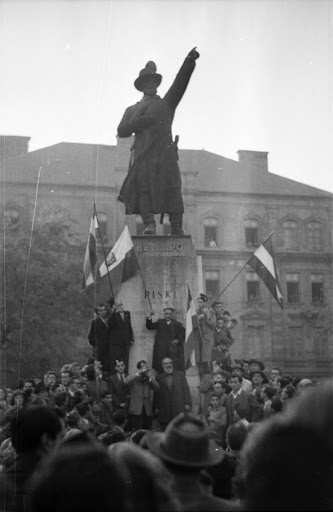
Josef Bem Square – 1956 – Budapest
Josef Bem Square in Budapest holds a significant place in Hungarian history, particularly in the context of the 1956 Hungarian Revolution, a defining moment in the nation’s long struggle for democracy and freedom. Named after the Polish-Hungarian hero of the 1848-49 Revolutions, General Józef Bem, the square became a symbolic gathering place during the 1956 uprising, reflecting the deep historical ties between Hungary and Poland and the shared aspirations of Central European nations for liberty and self-determination.
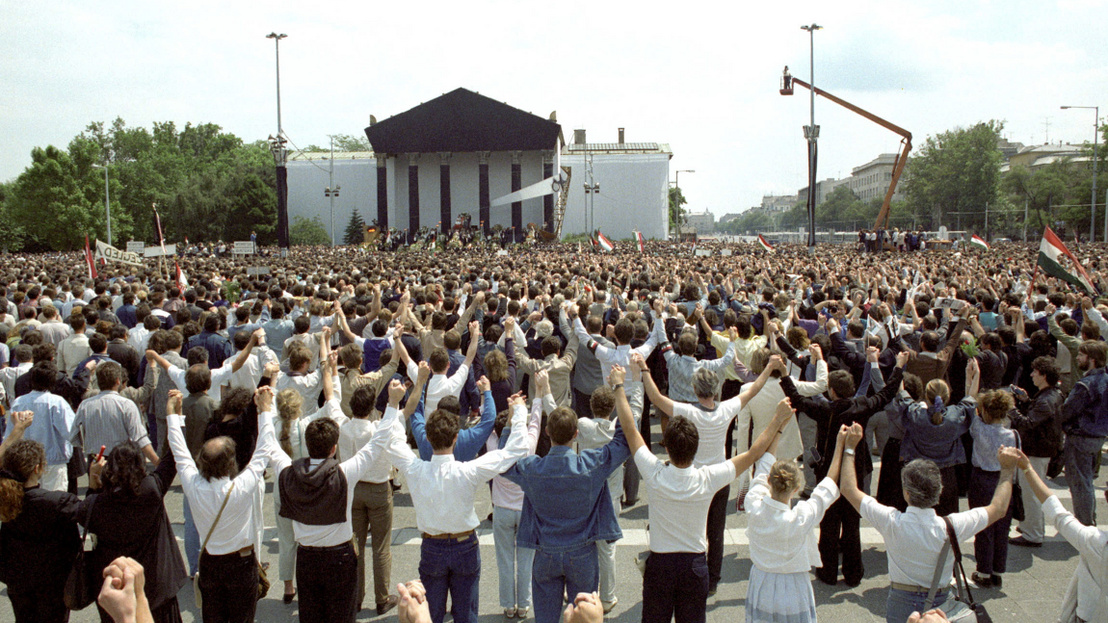
Reburial of Imre Nagy (Heroes Square) – 1989 – Budapest
Heroes’ Square in Budapest, one of Hungary’s most iconic public spaces, became a powerful symbol of the end of communism in Hungary with the reburial of Imre Nagy on June 16, 1989. This momentous event marked a turning point in the nation’s history, as it signaled not only the formal closure of a tragic chapter from the 1956 Revolution but also the beginning of the end for the communist regime in Hungary. The reburial of Nagy, a martyr of the revolution, was a key moment in Hungary’s peaceful transition to democracy and echoed the broader wave of democratic aspirations sweeping across Central Europe.
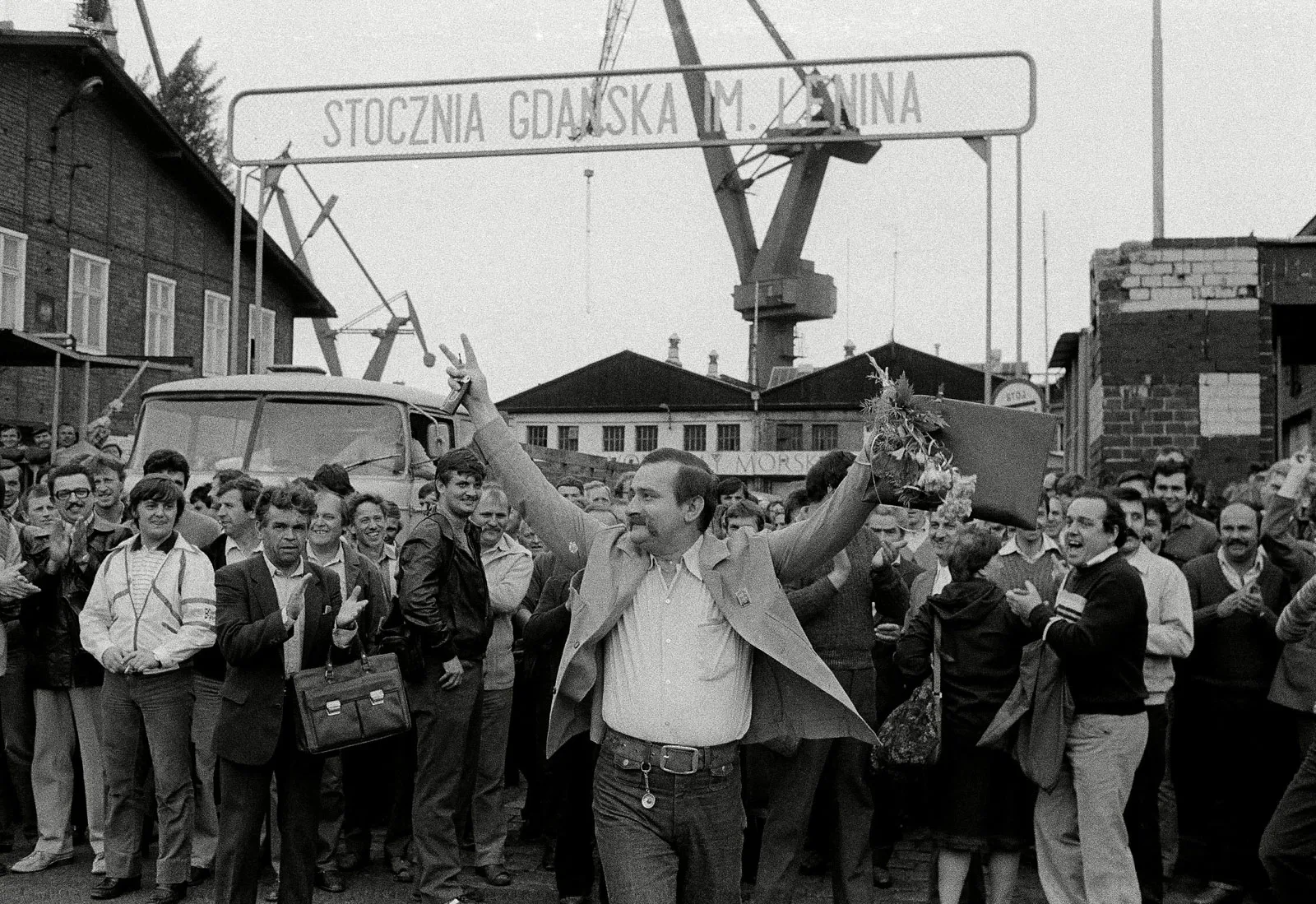
The Gdansk Shipyard – 1980 – Stocznia Gdańska
On 14th of August 1980 in Shipyard in Gdańsk began a strike, that ultimately led to the signing of August Agreements and creation of the Independent Self-Governing Trade Union “Solidarity”. 17,000 shipyard workers took her side and went strike. The Solidarity movement was born around such workers’ rights activists as Anna Walentynowicz, Lech Wałęsa and Jacek Kuroń. The strikers in Gdańsk were too determined to surrender under mere promises of pay rises alone. The strikes began to spread to different workplaces and cities, resulting in negotiations with the government, and signing of the August Agreements.
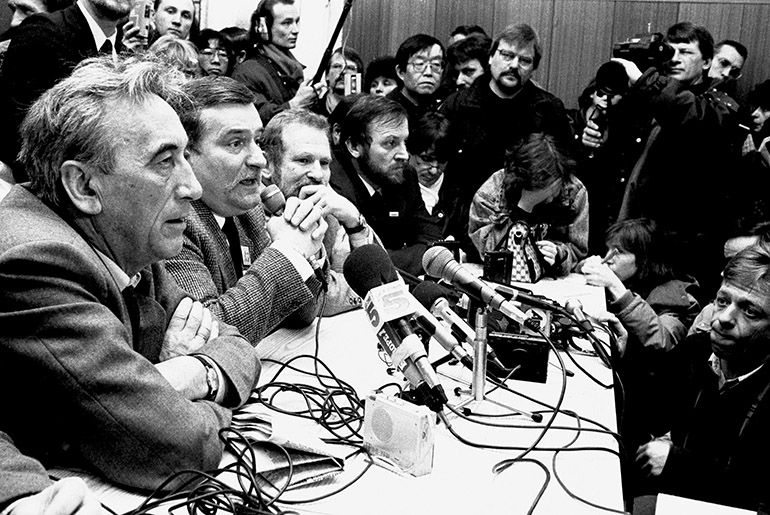
The Round Table – 1989 – Warsaw
In 1989 due to external and internal pressures put onto the government of Polish Peoples Republic, and a change to internal USSR politics, the authorities in order to find public support for their new reforms need to adapt. As a result of those factors the head of polish government met with the leaders of the democratic oppositions – Solidarity movement and representatives of church in Poland. The series of negotiation took place from 6th of February till 5th of April 1989 in multiple places but began and ended at the Namiestnikowski Palace where the representatives all sat at one round table. The negotiations resulted in democratic election in which Poles choose their new government, State, Senate and President.
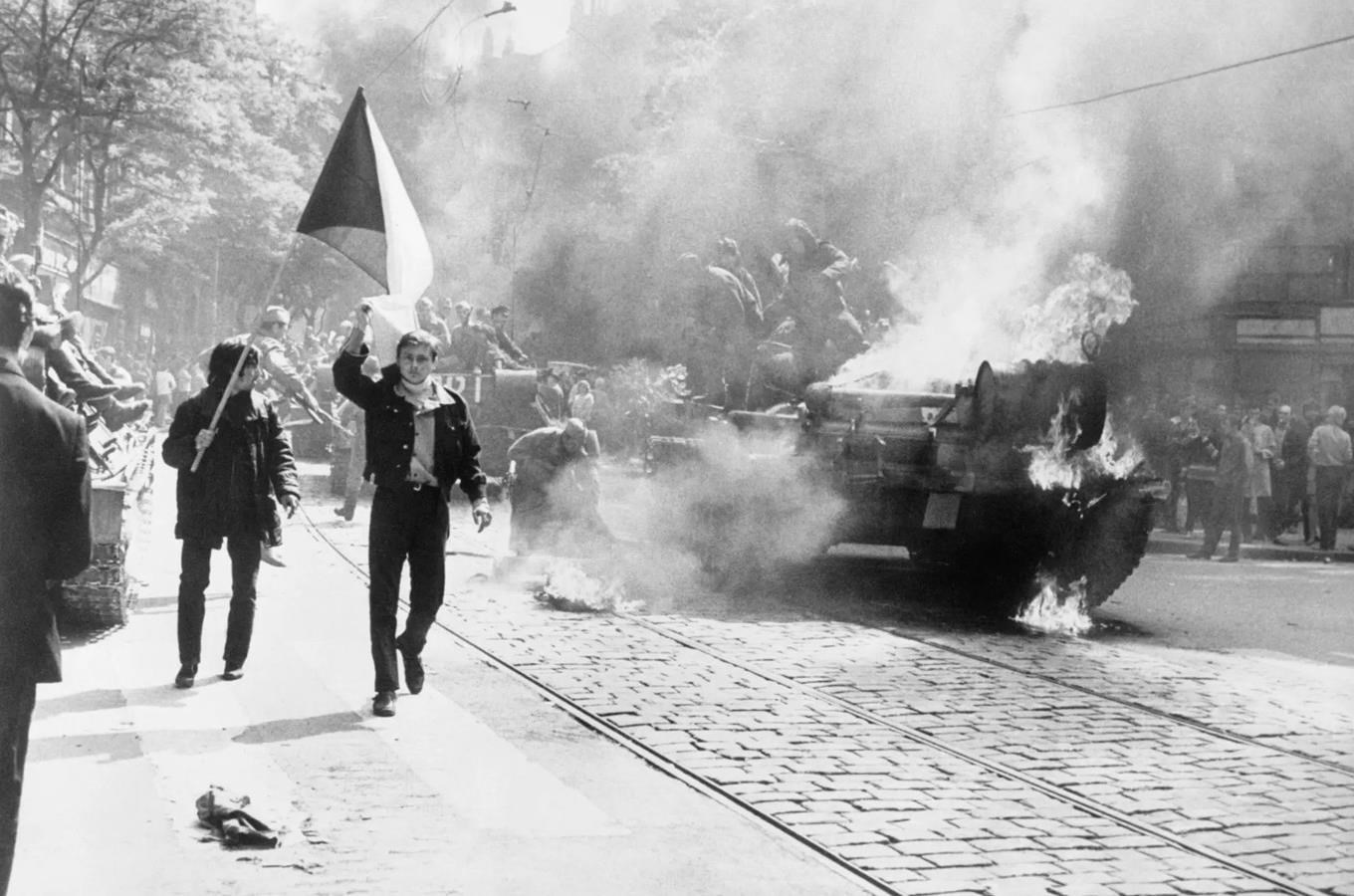
Prague Spring – 1968 – Radio Prague
On the morning of 21 August 1968, Prague residents fought over the radio building. With the help of picks, they broke through the fuel tanks of the enemy tanks and set the fuel on fire, destroying several tanks. The occupation of Czechoslovakia by Warsaw Pact troops began only a few hours ago. The futile but courageous battle for the most important medium of that time is commemorated by a memorial plaque on the radio building. It is engraved with the slogan from the broadcasts of the time: ‘We are with you, be with us!’ Thanks to the radio, the operation, which the Soviets passed off as fraternal aid against the alleged counter-revolution, was exposed as a clear act of aggression. The occupying Soviet troops remained in Czechoslovakia for twenty years.
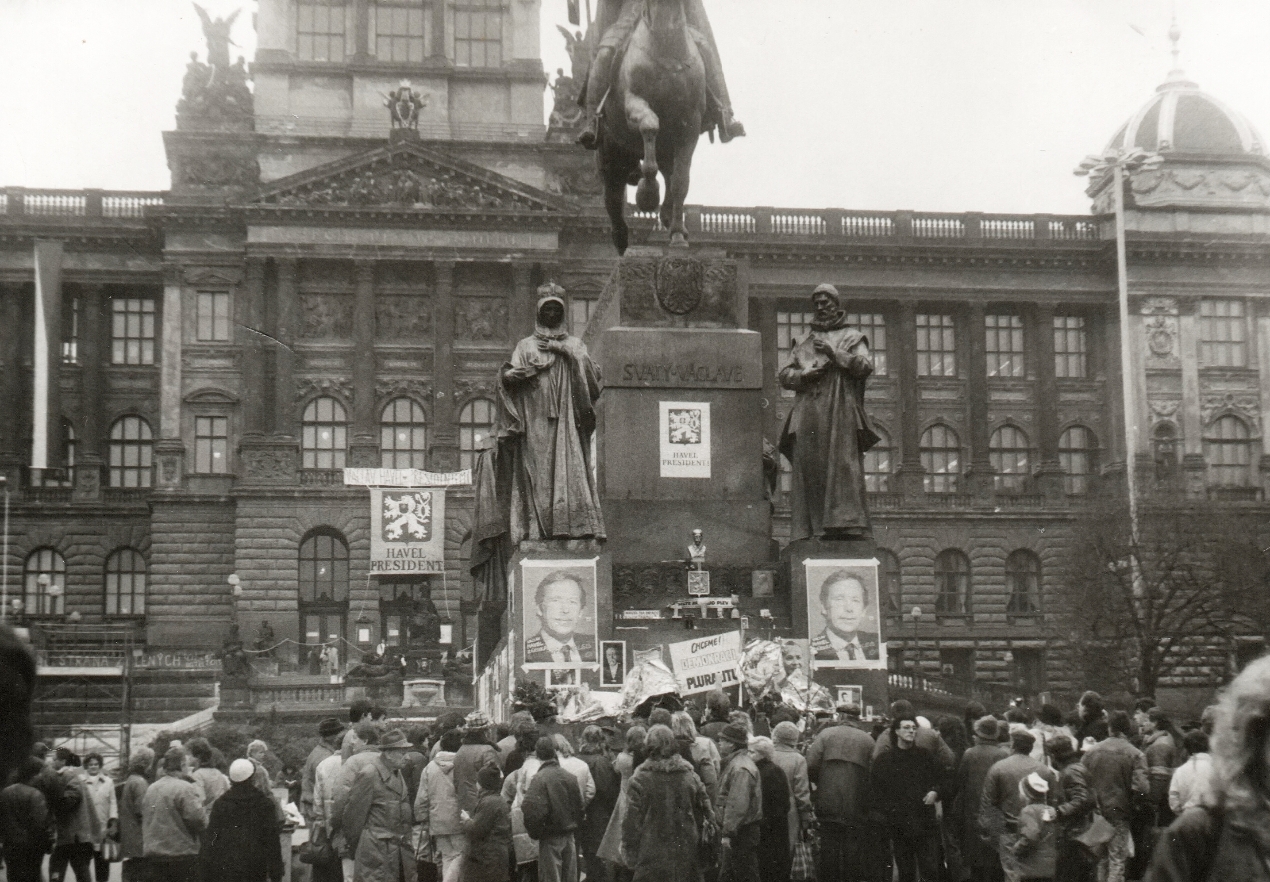
Velvet revolution – 1989 – Prague, Wenceslas Square
The year 1989 is considered the year of miracles in Central Europe – annus mirabillis. Like a house of cards, the communist dictatorships collapsed. Since November 1989, the rule of law, respect for civil liberties and human rights, political pluralism and free elections have also begun to return to Czechoslovakia. The 1990’s then saw economic reforms that rehabilitated the principles of free enterprise and introduced market capitalism with all its benefits and drawbacks.
